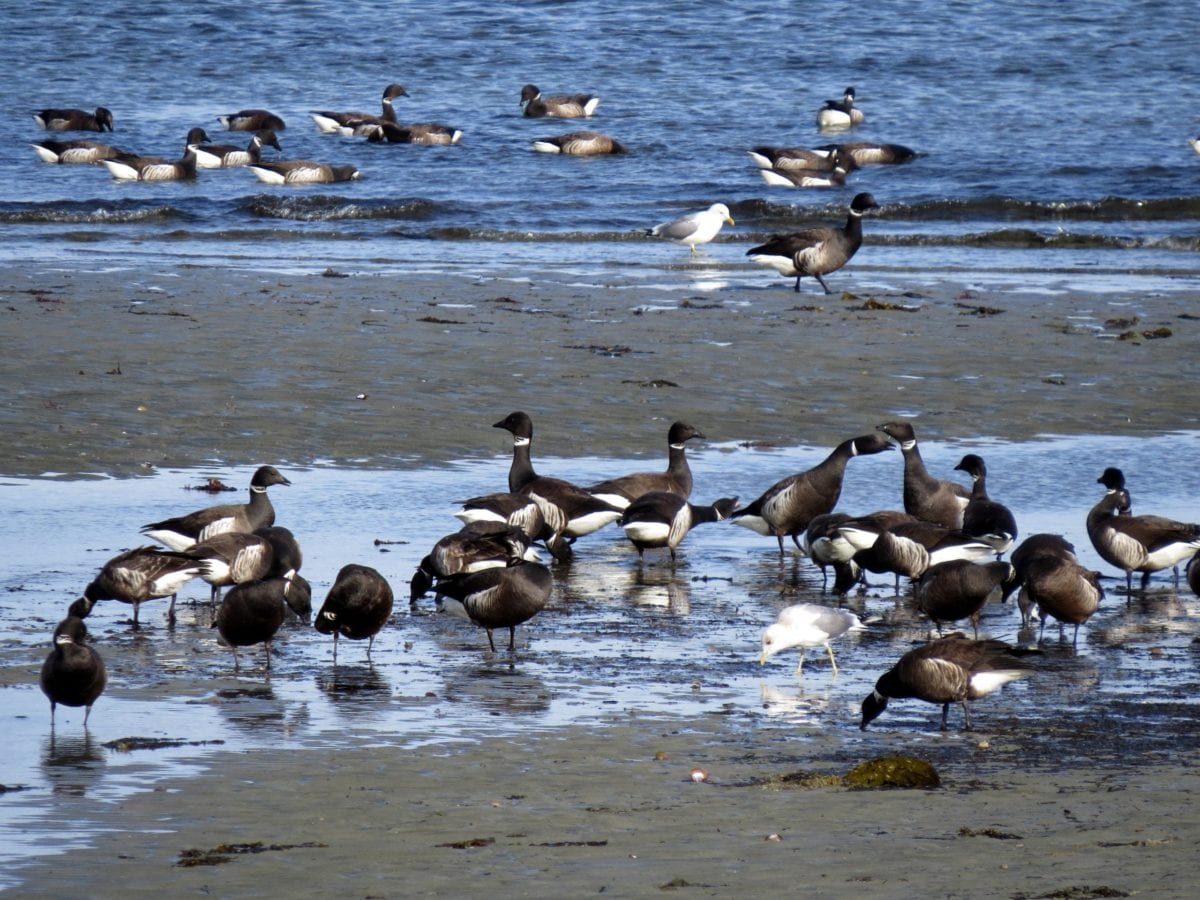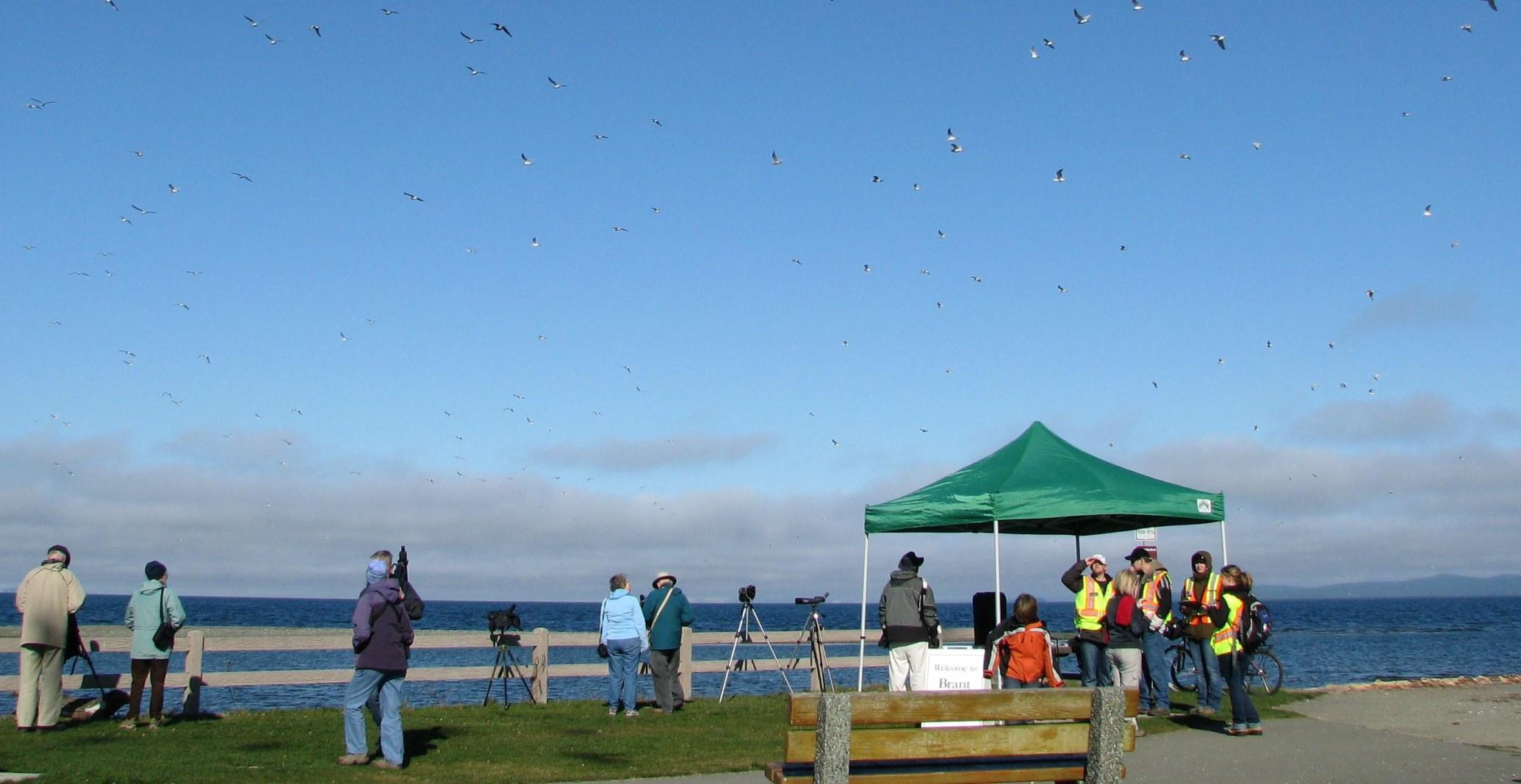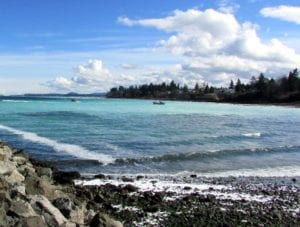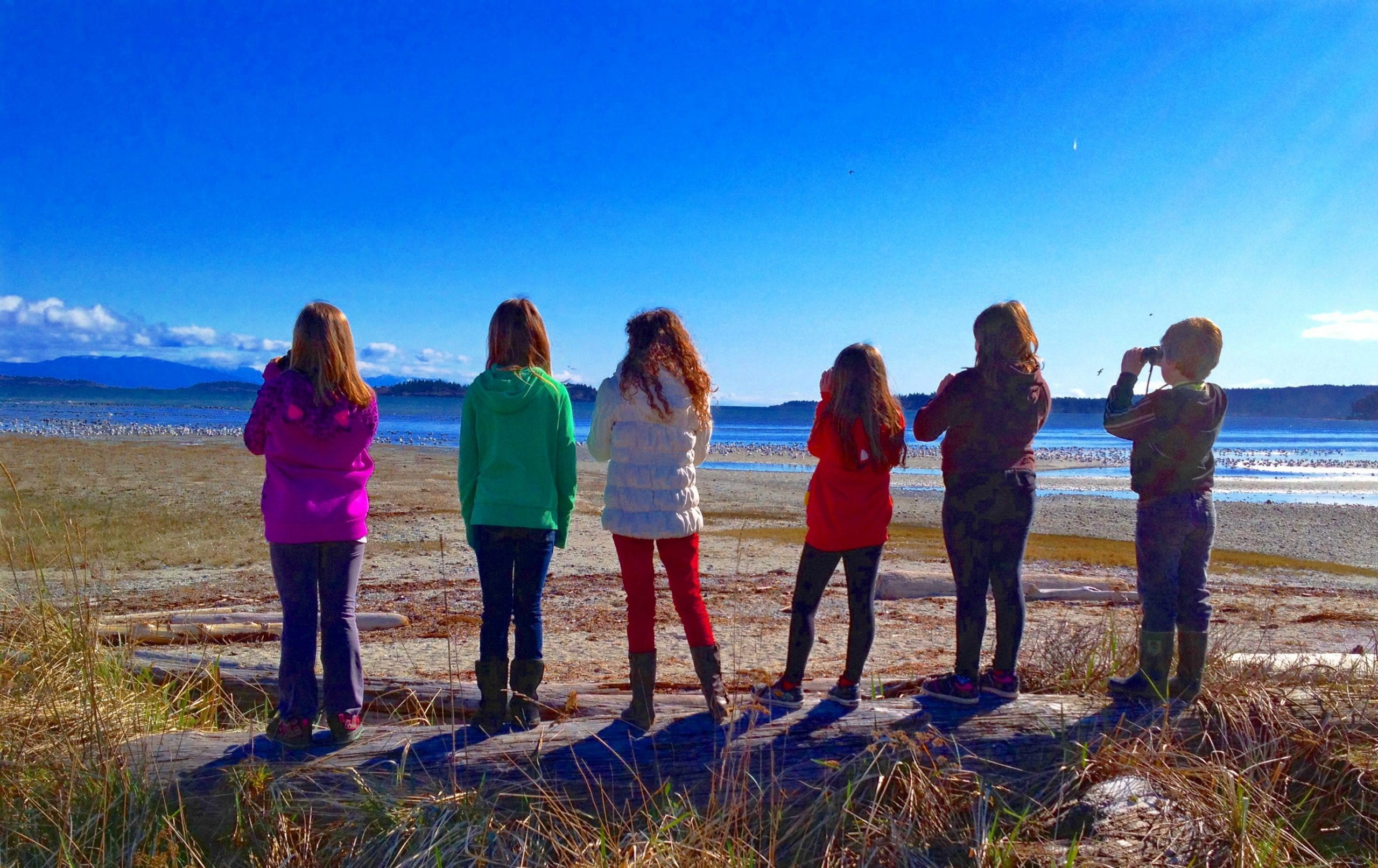
The Brant Wildlife Festival is a celebration of nature, especially Brant geese as they rest and feed on the shores of mid-Vancouver Island before continuing their migration to their northern breeding grounds.
The festival encourages locals and visitors, children and adults, to get outdoors and learn about the natural wonders around them. Over 25 events take place during March and April including:
- Brant in the Bay at Parksville Community Park where people can view Brant and other sea birds using spotting scopes, and learn about the importance of respectful wildlife viewing,
- a Bioblitz where citizen scientists can help identify and count plants and wildlife,
- an Eagle Release where an injured eagle which has been rehabilitated will be released into the wild from the North Island Wildlife Recovery Centre,
- And much more!
The Nature Trust of BC is hosting an event featuring Board member Dr. Sarah Otto who will be speaking about Keeping the Wild in Canada on April 5. She will be highlighting the state of Canada’s birds and other wildlife, and efforts to protect them in Parksville from 6 to 8 p.m. The cost is $10 per person. Pre-register by e-mailing rrivers@naturetrust.bc.ca or calling toll free 1.866.288.7878.

All About Brant
The Brant is a small goose with a short, stubby bill. The under-tail is white, and the tail is black and very short (the shortest of any goose). It is sometimes called the chatty sea goose because of the low guttural ruk-ruk sound that it makes.

The Brant geese you see along the shores of Parksville/Qualicum Beach are on a remarkable journey from California and Mexico to their northern breeding grounds in Alaska and northern Canada. No other geese nest as far north as the Brant.
During migration, Brant geese rely heavily on coastal estuaries, beaches, bays and spits like those found along the shores of Parksville/Qualicum Beach to feed and rest. Brant geese arrive thin, tired and hungry. Most have only a few days to gain weight and strength before making another non-stop flight to their northern breeding grounds.
Brant spend their nights out on the Strait of Georgia. As the tide begins to drop, the Brant fly in-shore to land on the first exposed sandbars. The Brant follow the tide out, feeding as they go on their primary foods – eelgrass, sea lettuce and nutrient rich herring roe.
By the end of April, most Brant have left to continue their journey northward.

Spring Spectacle
In spring, another wildlife spectacle coincides with the arrival of the Brant geese: the Pacific herring spawn. This abundant food source attracts tens of thousands of water birds and marine mammals to beaches and bays in Parksville/Qualicum Beach. Pacific herring lay their eggs on seaweed such as eelgrass. The spawning of millions of herring turns the colour of the water a turquoise hue and the surf turns foamy white as it breaks onto the beaches.
